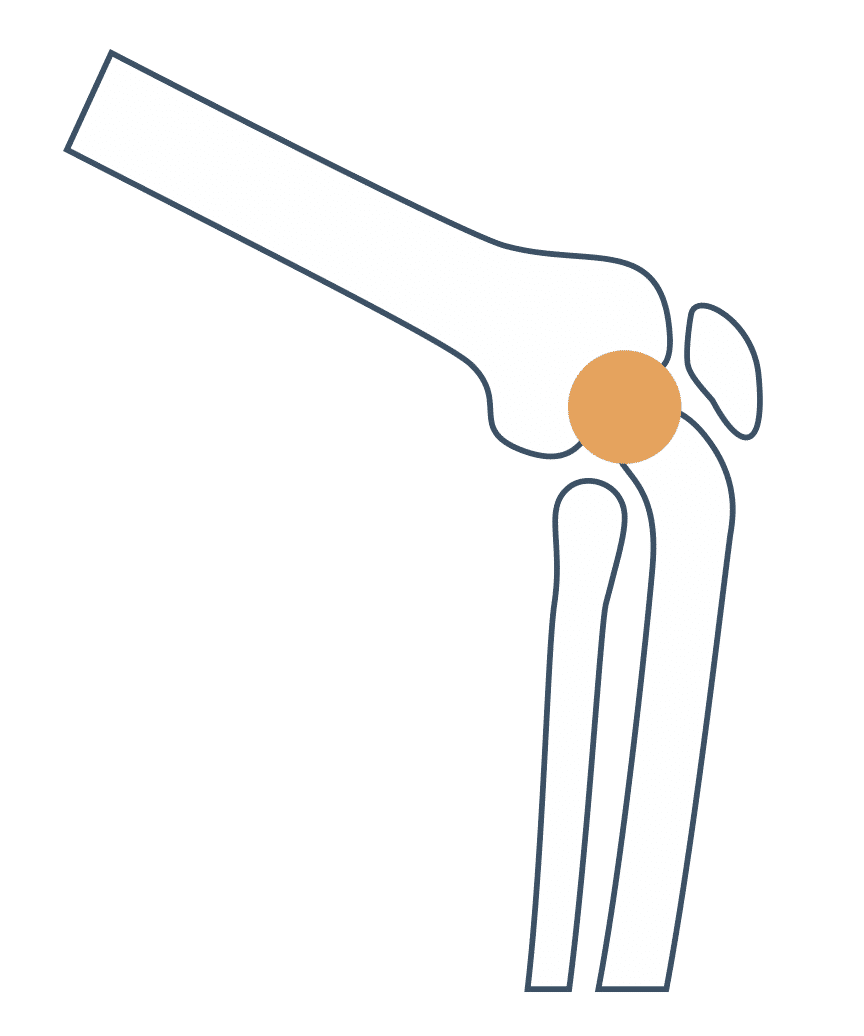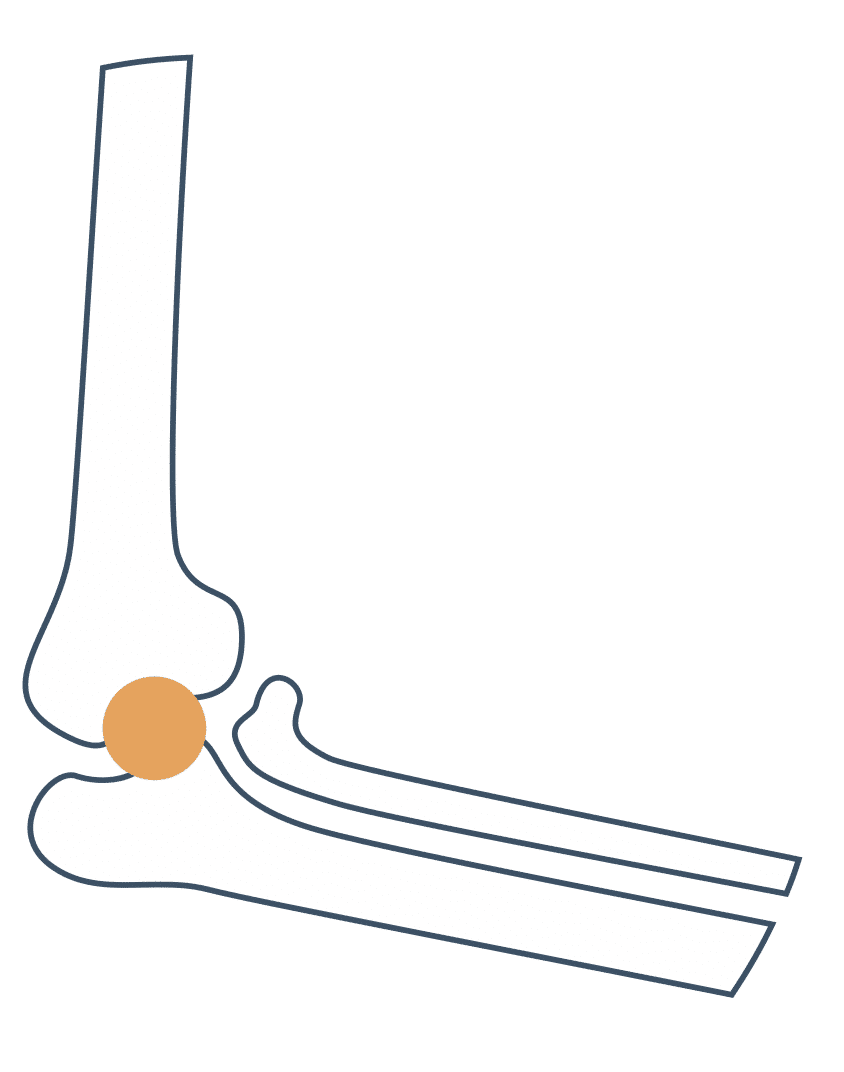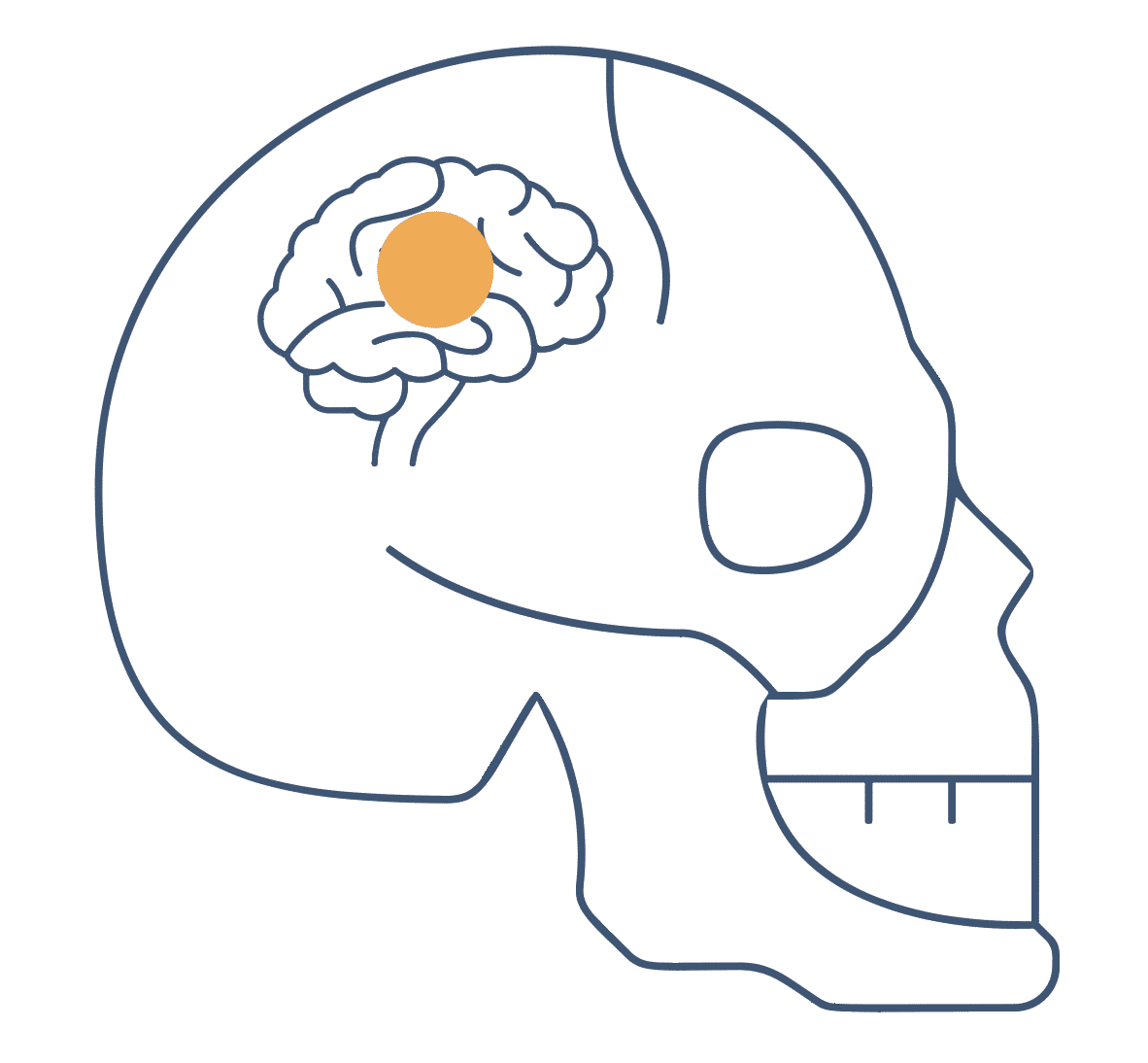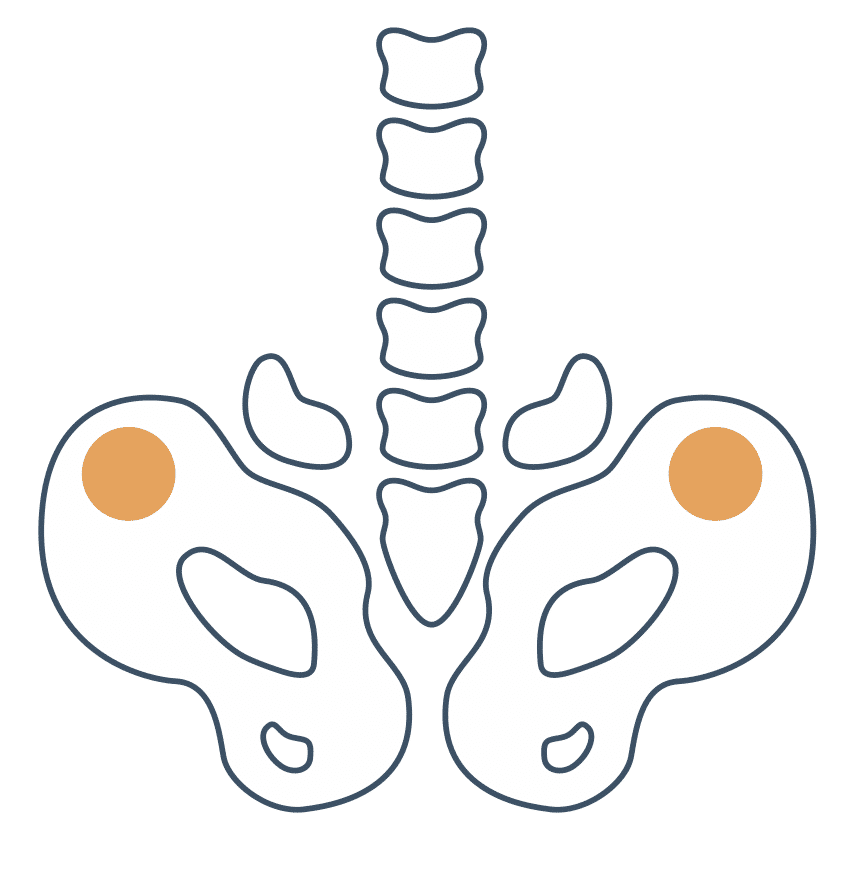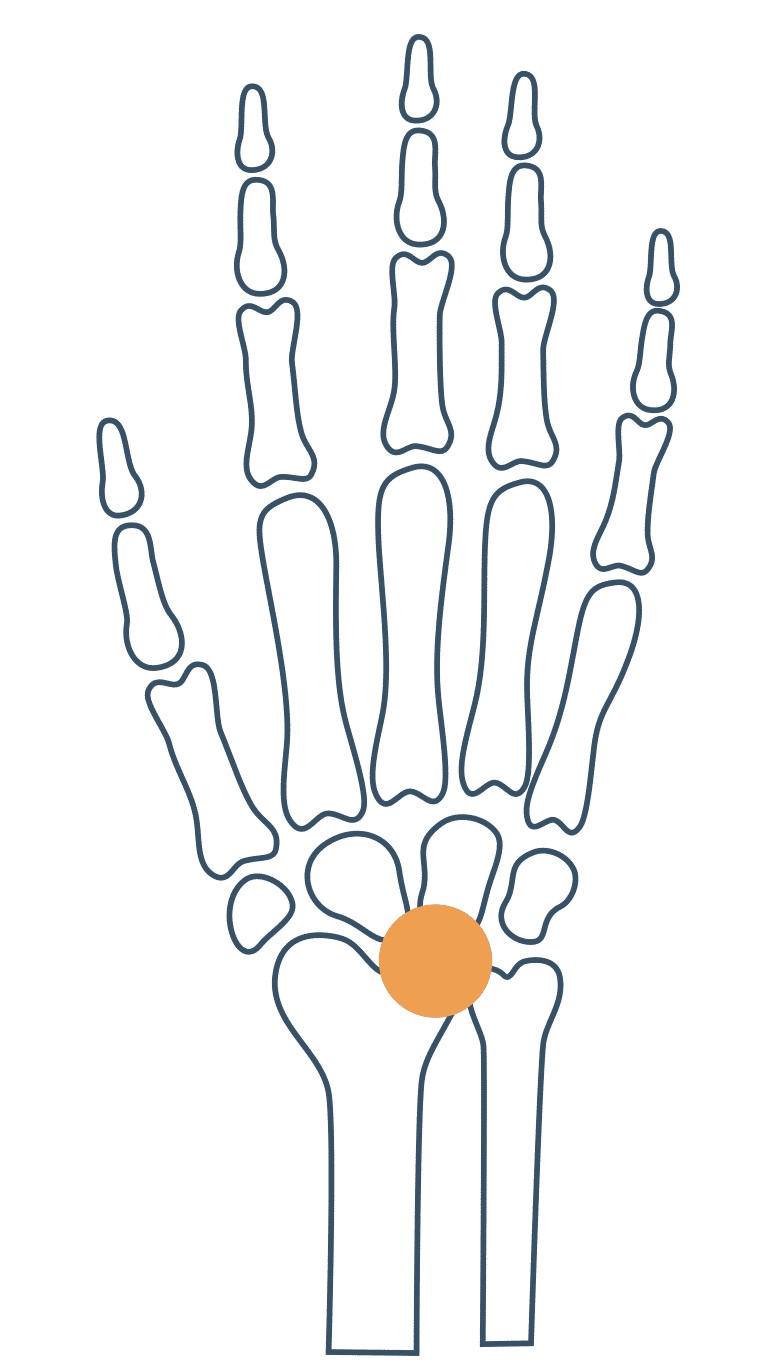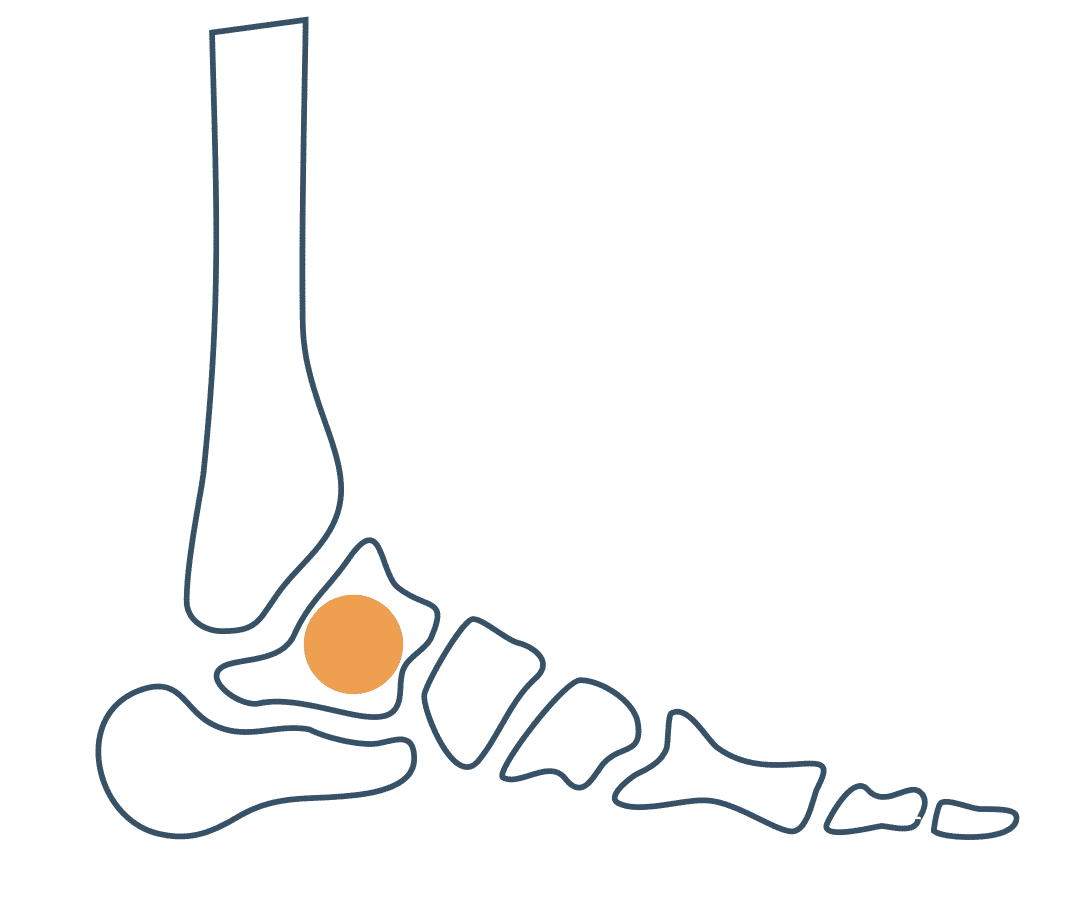Treatment of elbow pathologies: chronic tendinitis and flessum
Elbow joint physiology
The elbow is a complex joint between the upper arm (humerus) and the forearm (radius and ulna, formerly ulna) and is made up of 3 joints: the humero-ulnar, humero-radial and proximal (superior) radio-ulnar. This joint complex allows flexion and extension movements of the forearm on the arm, as well as pronosupination movements (rotation of the ulna around the radius), which are essential for daily life tasks.
The Allyane method will therefore be useful in the rehabilitative management of most pathologies affecting this joint, particularly in the case of traumas leading to long immobilization.
Generally speaking, elbow pathologies include [1] elbow dislocation and damage to (or rupture of) the external or internal lateral ligaments, hygroma (or bursitis), recurrent epicondylitis-type tendonitis (or "tennis elbow"), radial head, olecranon or epicondylar fractures, tendon ruptures (of the biceps, for example), and algodystrophy (generally secondary to trauma).
It's important to note that tendinopathies in the elbow region are often secondary to joint compensation or stiffness.
Support in the rehabilitation of these disorders will be provided at different stages of the patient's functional rehabilitation.
Causes of elbow pathologies
The origin of elbow pathologies is most often traumatic (accidents, falls) or degenerative (wear and tear). Mobility disorders of the elbow are the expression of hypersollicitation on the joints, for example "tennis elbow". Force, repetition of movements and poor posture are the constraints that can be found in sports or work.
These phenomena tend to cause tendinopathy or stiffening of the elbow joint.
Training in the Allyane method
Management of elbow pathologies with the Allyane method
Regain the mobility of your elbow thanks to the Allyane muscular reprogramming treatment: the Allyane method will contribute to limiting the loss of articular amplitude, in particular on phenomena such as elbow flexion (consequence of articular stiffening), as well as the loss of strength in general of the upper limb, which follows the more or less long immobilization of this joint if it is traumatized
Specific Allyane sessions can be integrated into the current rehabilitation program, or long afterwards, if the functional disturbances are chronic and persistent.
It is also possible to use sessions to accelerate the rehabilitation process and "return to play" in the case of athletes, for example.
It is important to note that the study of each patient's case is based on a precise medical history and analysis of motor patterns in their entirety; it is therefore not limited to the elbow region alone.
You suffer from elbow pathologies and would you like to benefit from an Allyane session?

Advice from David Touré, osteopath and certified Allyane practitioner
In practice, the therapeutic solutions chosen by your therapist will be the following:
- Heat: causes vasodilation and promotes tendon healing, but can also be pro-inflammatory and increase pain!
- Massages: essential and appropriate for the preliminary stage of rehabilitation.
- Physiotherapy: electrical stimulation, cryotherapy, etc.
- Balneotherapy: analgesic effect due to the greatly reduced weightlessness.
It will also be possible to carry out active and passive mobilisation exercises on your own, but always in agreement with your therapist or surgeon, and according to the evolution of your rehabilitation treatment.
Sources :
[1] http://www.xn--chirurgieorthopdiquetoulon-plc.fr/pathologies/pathologies-du-coude.php
And https://www.institut-main.fr/malad ies-du-coude/
[2] http://www.xn--chirurgieorthopdiquetoulon-plc.fr/pathologies/pathologies-du-coude.php
The Allyane method
Addressed motor difficulties
Find below the other pathologies treated by the Allyane method.

Video analysis and assessment of your motor skills

Definition of the treatment plan with your Allyane certified practitioner

Neuromotor reprogramming



